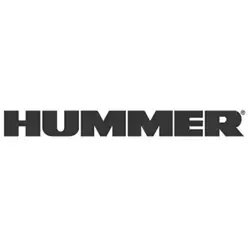Hummer Tire Pressure
Recommended tire pressure for Hummer can range from 30 psi to 40 psi depending on year of production, model, trim and OEM tire size. It is important to confirm the exact tire inflation for the specific Hummer model for a safe drive. Always refer to your vehicle owner's manual for the correct tire pressure designated by vehicle's manufacturer.
Select your Hummer model manufactured from 2002 to 2010 to see its recommended tire inflation.
Recommended Tire Pressure for Hummer
Maintaining the recommended tire pressure in Hummer vehicles is essential for several reasons, pertinent to both safety and performance. Firstly, proper tire inflation ensures optimal contact between the tire and the road, significantly enhancing traction and stability, particularly crucial given the Hummer's design for both on-road agility and off-road prowess. This optimal level of contact reduces the likelihood of skidding and losing control, thereby improving passenger safety. Additionally, correct tire pressure plays a significant role in extending tire life. Under-inflated tires can cause uneven wear, leading to premature tire replacement and increased operational costs. Over-inflation, on the other hand, reduces the tire's footprint on the road, which can lead to decreased traction and increased wear in the center of the tire. Furthermore, tires inflated to the vehicle manufacturer's recommended pressure level deliver better fuel efficiency. Under-inflated tires increase rolling resistance, meaning the vehicle's engine has to work harder to move forward, thereby consuming more fuel. For Hummer vehicles, which are not typically known for their fuel economy, maintaining the recommended tire pressure is a simple yet effective way to maximize fuel efficiency. In summary, adhering to the recommended tire pressure for Hummer vehicles is a critical maintenance aspect that promotes safety, prolongs tire life, and enhances fuel efficiency, underscoring its importance for owners aiming to optimize their vehicle's performance and operational cost-effectiveness.

All listed guides, data and/or calculations are for informational purposes only. TirePressure.com does not warrant or make any representations regarding the accuracy of or the results of the use of this information. Always refer to vehicle owner's manual for the correct tire pressure configuration.